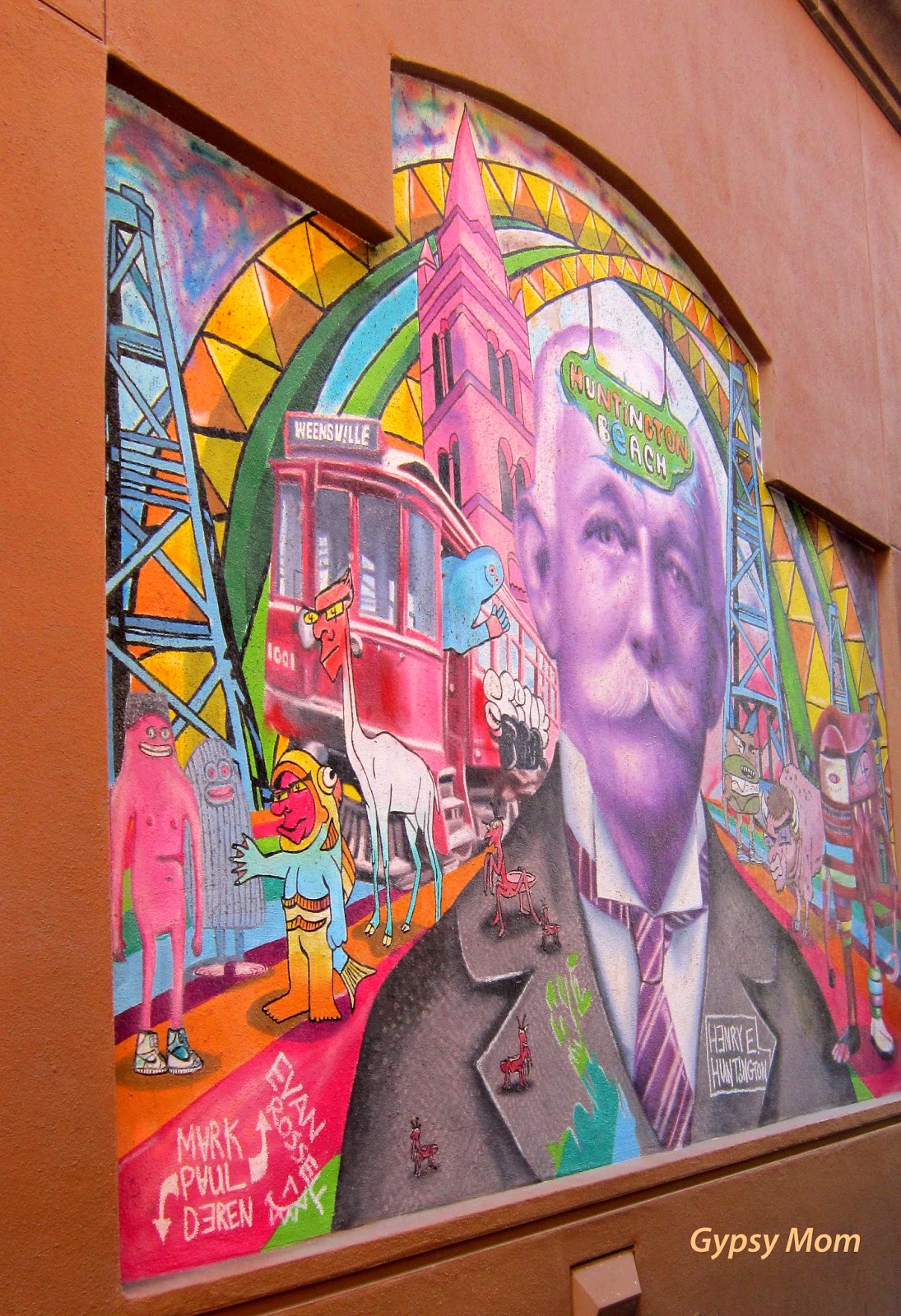The definition of street art, according to Wikipedia, "is an umbrella term defining forms of visual art created in public locations, usually unsanctioned artwork executed outside of the context of traditional art venues. The term, street art, gained popularity during the graffiti art boom of the early 1980's and continues to be applied to subsequent incarnations. Stencil graffiti, wheat pasted poster art or sticker art, and street installation or sculpture are common forms of modern street art. Video projection, yarn bombing and Lock On sculpture became popularized at the turn of the 21st century. "
The terms "urban art", "guerrilla art", "post graffiti" and "neo-graffiti" are also sometimes used when referring to artwork created in these contexts. Traditional spray painted graffiti artwork itself is often included in this category, excluding territorial graffiti or pure vandalism.
Artists who choose the streets as their gallery are often doing so from a preference to communicate directly with the public at large, free from perceived confines of the formal art world. Street artists sometimes present socially relevant content infused with esthetic value, to attract attention to a cause or as a form of "art provocation."
Street artists often travel between countries to spread their designs. Some artists have gained cult-followings, media and art world attention, and have gone to work commercially in the styles which made their work known on the streets.
I have taken an interest in street art and love to take pictures of the art form. I have found quite a bit of street art in downtown Los Angeles and Hollywood and some in Huntington Beach and continue to look for other places. It is a different type of art than traditional art work. If you find street art and live in the Southern California area, let me know and I would love to come out and take pictures. I wrote this, because I wanted to find out what street art really is. I hope to learn more as I go along.
Stencil graffiti is a form of graffiti that makes use of stencils made out of paper, cardboard, or other media to create an image or text that is easily reproducible.
Flyposting is sometimes known as wild posting or bill posting is a guerrilla marketing tactic through the act of placing advertising posters or flyers in legal or illegal places. In the United States, these posters are also commonly referred to as wheat pasted posters because wheat paste is often used to adhere the posters. Posters are adhered to construction site barricades, building facades and in alleyways.
Sticker art is also known as sticker bombing, sticker slapping, slap tagging, and sticker tagging is a form of street art in which an image or message is publicly displayed using stickers. These stickers may promote a political agenda, comment on a policy or issue, or comprise a subcategory of graffiti.
While conventional street art is done on walls and surfaces street installations use three-dimensional objects set in an urban environment. Like graffiti, it is generally non-permission based and the installation is effectively abandoned by the artist upon completion.
Yarn bombing is a type of graffiti or street art that employes colorful displays of knitted or crocheted yarn or fiber rather than paint or chalk.
Lock On is a style of street art, where artists create installations by attaching sculptures to public furniture using lengths of chain and old bike locks. The sculptures are often arranged to give the impression that they are interacting with surroundings.
One "graffiti artist" is Banksy. He is located in the United Kingdom and is a political activist, film director and painter.
His satirical street art and subversive epigrams combine dark humor with graffiti executed in a distinctive stenciling technique. His artistic works of political and social commentary have been seen on streets, walls and bridges of cities throughout the world.
Banksy is known for his contempt for the government in labeling graffiti as vandalism, Banksy displays his art on publicly visible surfaces such as walls, even going as far as to build physical prop pieces. Banksy does not sell photographs or reproductions of his street graffiti, but art auctioneers have been known to attempt to sell his street art on location and leave the problem of its removal in the hands of the winning bidder.
























































